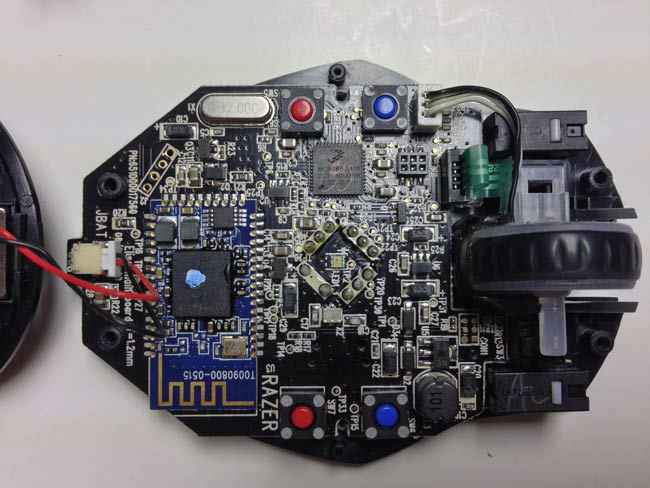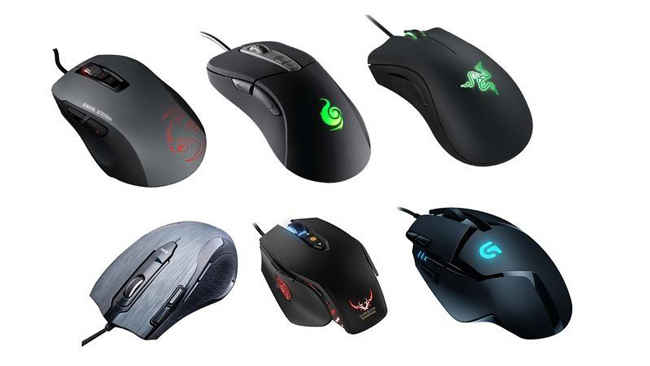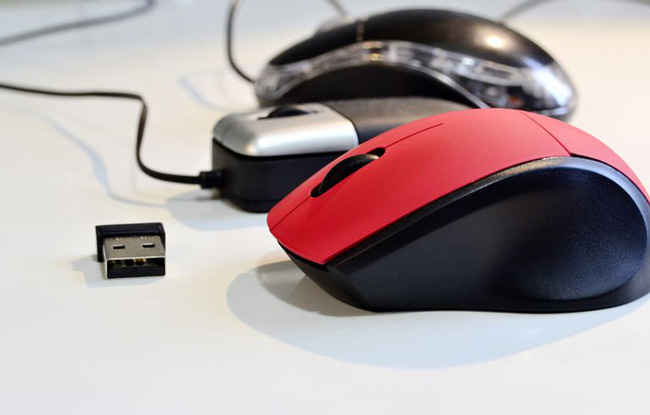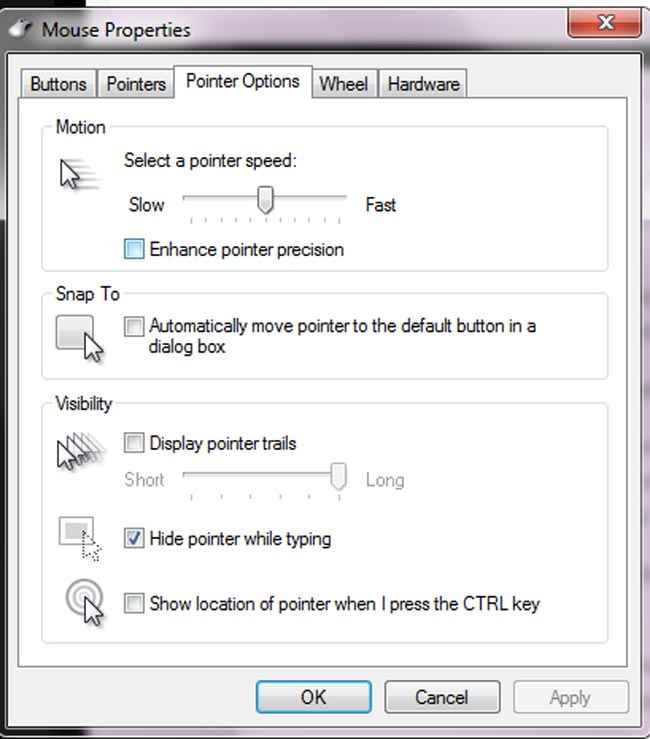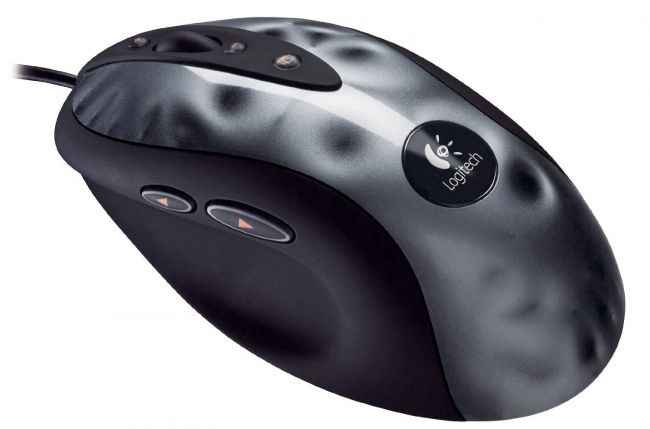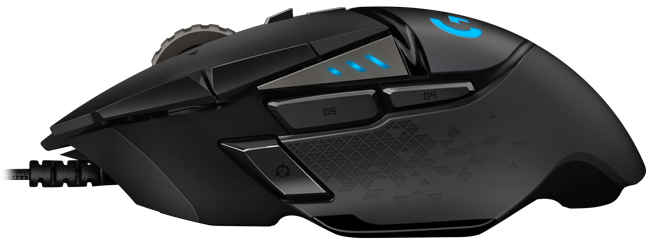Debunking mouse myths
In a world as dynamic as gaming, myths are aplenty. Mice have often fallen prey to such myths, few of which are true, but a substantial number aren’t. Let’s find out.

If you are part of the Master Race and spend an obnoxious amount of time gaming on your PC, chances are that you have been riddled with choosing the right gaming mouse. Questions like optical vs laser, higher DPI vs lower DPI, how much acceleration, what mouse sensitivity and numerous others are often at the forefront. However, a good look online at any gaming forums will display a divergent set of opinions, with a few pandering to one side while a few vehemently support the other.
 Survey
Survey
We will attempt to deconstruct and debunk some pertinent mouse myths
The internet is, unfortunately, home to numerous forum posts that divulge outdated information and incorrect analysis. We will attempt to debunk some common myths about gaming mice related to DPI, accuracy, mouse sensitivity and more. Mouse technology can be pretty complicated for everyone to understand, so we will try to keep it as simple as we can. Let’s get on with correcting some of the most widespread misconceptions when it comes to gaming mice technology. We hope that this will give you greater clarity to gauge what matters and what doesn’t when you are about to make that purchase.
Optical mice trump laser mice
This is actually true, but not in the way people make it out to be. For starters, laser mice are actually optical mice. Laser mice do not have a laser sensor, as most believe, instead, they use optical sensors while the laser is utilised just for illumination. Optical mice use infrared or red LED while laser mice have a VCSEL (Vertical-cavity surface-emitting laser). Do not fret because of the complexity of that abbreviation. In simple terms, both optical and laser-illuminated mice use sensors (CMOS sensors) to take pictures of the surface underneath and utilise those very pictures to determine movement. It’s a CMOS sensor, just like the ones used in smartphone cameras, however, they work differently since they take about thousand pictures every second.
There are conflicting views of which is better – optical mice or laser mice?
The difference between optical and laser-illuminated sensors is basically how much information is picked up by each sensor. LED sensors in optical mice pick up the information on the very ‘top’ of the surface without being overly prone to the texture. On the hand, laser-illumination is more sensitive, so the sensor picks up the slightest details including bumps, rough edges and more. Therefore, laser-illuminated sensors work splendidly on hard surfaces, but on soft pads with a much more surface depth, they tend to pick up too much useless information. This can lead to disparities in how exactly they track at variant speeds. According to reports, laser-illuminated sensors show a 5-6 percent variation when it comes to tracking at different speeds, while the best optical sensors, in the same area, show less than one percent. So, optical sensors do track speed variations better than laser sensors, but the understanding of the technology behind this is usually flawed.
Higher DPI is always better
Understanding this can be made easier if it is juxtaposed with the sales strategy of having smartphone cameras with higher and higher megapixels each year. The megapixel race is quite a menial one since it actually doesn’t make that much of a difference if the megapixels are increased in smartphone cameras. Rather, the quality of the lens and the actual size of the pixels on the CMOS sensor is what translates to better quality pictures. Similarly, some DPI options, probably 6000 or higher, do not complement the sizes and resolutions of today’s monitors. Many mice have sensors that are not designed for such high DPIs, and therefore, having them can negatively affect their performance. Often, higher DPIs are just a marketing gimmick, with pro gamers usually preferring to not exceed 800 DPI.
Higher DPI is not validated by higher resolution
Now to the technical stuff. Imagine that a CMOS sensor array in a mouse uses pixels that are 30 micron big, then the resolution would be about 840 DPI or CPI, which is the number of counts the gaming mouse makes with an inch of movement. However, a mouse that has around 8400 DPI doesn’t always have pixels that are ten times smaller. This is a misconception. Sensor DPI increases often happen because of subdividing these pixels. In this situation, higher DPIs can be bad news. Cranking the DPI to ridiculous levels can cause issues such as contrived movements, resolution error versus speed (often known as ‘acceleration’), cursor ripple and more. Therefore, a higher DPI is not always good unless it has been optimised and created to support the jump in numbers.
Wired mice are better than wireless
While this statement has been true for years, you will find that today, one cannot easily tell the difference between the performances of a good wireless mouse and a wired mouse. It is important to note that as technology gets more refined over the years, the input detection of wireless mice which was earlier an issue, is no longer such a grave one. Also, the input lag is only largely felt if you are a seasoned gamer, even then, the difference now, is minuscule. Simply sitting closer to your wireless receiver can solve this issue and give you almost the same responsiveness as a wired mouse.
Go wireless?
Additionally, wireless mice declutter your desk by eliminating one wire that often gets tangled. In a day and age where wires are hoarding up because of the sheer number of devices that an individual possesses, going wireless is quite an elegant solution. Try to keep the mouse away from disturbances like the signal from phones, routers and other devices to ensure a seamless and smooth experience which is almost indistinguishable from a wired mouse.
Windows mouse sensitivity needs to be set at 6
The 6/11 setting was coveted back in the day
When it comes to mouse sensitivity on Windows, the 6 out of 11 setting often brings you the closest to a 1:1 performance between how the cursor moves on the operating system and the actual data from the mouse. Surprisingly, changing your Windows mouse settings most likely will not matter for games at all! Reason? Most modern games utilise direct or raw input instead of WM_Input for mouse controls. They completely bypass the Windows mouse settings rendering this useless today. Not just today, games first began to ignore the Windows mouse settings around 15 years ago.
There is absolutely nothing stopping you from implementing these settings on your mouse through Windows mouse settings even now. However, if you were doing it merely to enhance your mouse’s performance in gaming, chances are it is not going to work since these settings are usually controlled in-game now.
The MX518 is still the best gaming mouse
Nostalgia hits us hard with this one
The Logitech MX518 was released in 2005 and it is, by far, one of the most beloved gaming mice in history. However, it is far from being the best today. Developments in current-generation mice such as higher DPI (even though this isn’t always a good thing, but plenty of mice achieve DPIs higher than the MX518 without sacrificing performance), higher polling rates, better material design and ergonomics far exceed what the MX518 is capable of.
A feature called prediction or angle snapping was present on this mouse. Unfortunately, this is one of the most detested features in gaming mice today since it smoothened out mouse movements and allowed users to move in a straight line. Which is obviously something you would want to avoid in gaming at all costs. In gaming, a 1:1 correlation between your movements is desired. A mouse predicting your path would absolutely deter you from this. Gaming mice today have the option to enable this function if needed, but it remains disabled by default in drivers. Whereas, the MX518 shipped with the feature on by default and there was no option to turn it off. The horror!
The most important factor when it comes to buying a mouse is the comfort. Be wary of the shape and buy something that is comfortable for you. Secondly, make sure the sensors are top-notch and devoid of acceleration and smoothing. Try not getting caught up with the numerous myths surrounding mice and stick to what really matters. Did this myth-busting guide help you? Let us know at editor@digit.in.
Dhriti Datta
Perpetually sporting a death stare, this one can be seen tinkering around with her smartphone which she holds more dear than life itself and stuffing her face with copious amounts of bacon. View Full Profile
